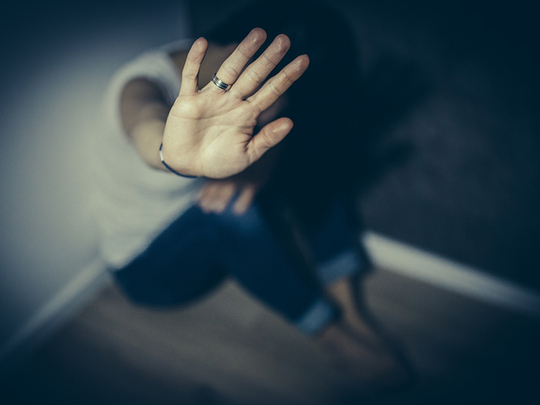
New Delhi: Three men rape a woman, flinging her child to a pavement. Another three rape a woman for eight hours in a vehicle. A jilted lover and his friend abduct, rape and kill a woman. A neighbour lures a child to a secluded spot, rapes, burns and kills her.
Who are these seemingly ordinary people who turn intobrutal violators and killers?
Psychologists, lawyers and the police have been struggling to make sense of what is being described as a culture of rape, especially in Delhi and its neighbourhood.
In Delhi, over six women are raped every day. According to the National Crime Records Bureau (NCRB), 95 per cent of all rapes in 2015 in the country were committed by a person known to the victim. A seven-year-old Chennai girl, for instance, was raped, burnt and killer by her neighbour in February.
A spate of rapes in recent weeks — including in Manesar, where a 19-year-old woman was raped in a van and her 9-month- old baby killed, in Sonepat, where the former lover raped, mutilated and killed the victim and the recent case of a woman who was picked up from Gurgaon and raped for almost eight hours in a moving vehicle — has turned the spotlight on the mind of the rapist, capable of unthinkable violence.
The director of the Institute of Human Behaviour & Allied Sciences, Nimesh Desai, attributes such criminal behaviour to factors like ingrained patriarchy and lack of gender sensitivity, as well as the internal distress and isolation of young men.
Referring to gang rapes, he says a “high risk behaviour” functions in groups, encouraging negative instincts.
“Anti-social and criminal behaviour happens more in groups. Groups provide the comfort, courage and a false sense of bravado and masculinity, resulting in a compromise in judgement,” he says.
The senior psychiatrist, however, warns against theories on the “psychology of the rapist”, stressing that these can give the impression of the crime being justified.
“When we try and explain the psychology of a rapist, the intentions are usually good, but what it does to the public mind is that it kind of sanctifies or justifies the act,” he told journalists.
But the sheer numbers of rapes in the country — the NCRB states 2,199 rape cases were reported in Delhi and 34,651 in India in 2015 — trigger questions on what makes rapists commit the most horrendous of acts — grievously molesting a child, mutilating a woman’s body and raping her for hours in a gang.
Sometimes, the rapists act under the influence of alcohol or substance abuse, which Desai describes as “a ready recipe” for such crimes.
But the experts stress there are larger issues at play here — such as ingrained patriarchal values.
A male-dominated society “is not comfortable around an independent woman”, says Supreme Court lawyer Shilpi Jain.
“When men see an independent woman, it hurts their ego. So this is a way of overpowering her, to show her that ‘you are under our control’, to send a message to women that they may lead independent lives but if men want to control them, they can,” says the defence lawyer, who fought the Bitti Mohanty case, in which a senior police officer’s son was convicted of raping a German woman.
What confounds activists and law-enforcement agencies is that strict laws — which include death — do not seem to deter the perpetrators.
Mumbai-based psychologist Harish Shetty blames delayed convictions for this.
“If you hear that for a rape, a person is convicted in a month’s time, then it has an impact. But a death sentence after 20 years makes no sense,” Shetty says.
He adds that while there is more awareness about the law, “it has no teeth” unless judgements are on time.
“Acquittals are very high and convictions are very low,” he adds.
The NCRB report shows a conviction rate of 21.7 per cent in crimes against women in India during 2015. It means more than 7 out of 10 people accused of such crimes walked free.
The December 16, 2012, case — when a physiotherapy intern was brutally raped and killed by a gang of men — evoked such nationwide horror that a court had sentenced the adult men to death in nine months.
But this was a rare instance. A 13-year-old girl from Lucknow, who was gang raped in 2005, waited for 11 years for a verdict. The rape of a minor by two presidential guards in 2003 reached a trial court only in 2009.
Jain believes the situation can change only if there is a “complete overhaul” of police structures that allow probes by the lowest rungs of officials. She also suggests expedition of cases in courts.
Former Mumbai Police Joint Commissioner (Crime) M N Singh stresses the need for a “systemic change” to instill fear which he believes will act as a deterrent.
To prevent cases such as the gang rape in May of a group of women on the Jewar-Bulandshahr highway, he suggests increased police patrolling.
“If social control and policing are lacking, then howsoever strict the law is, it will only have a limited impact,” Singh says.












